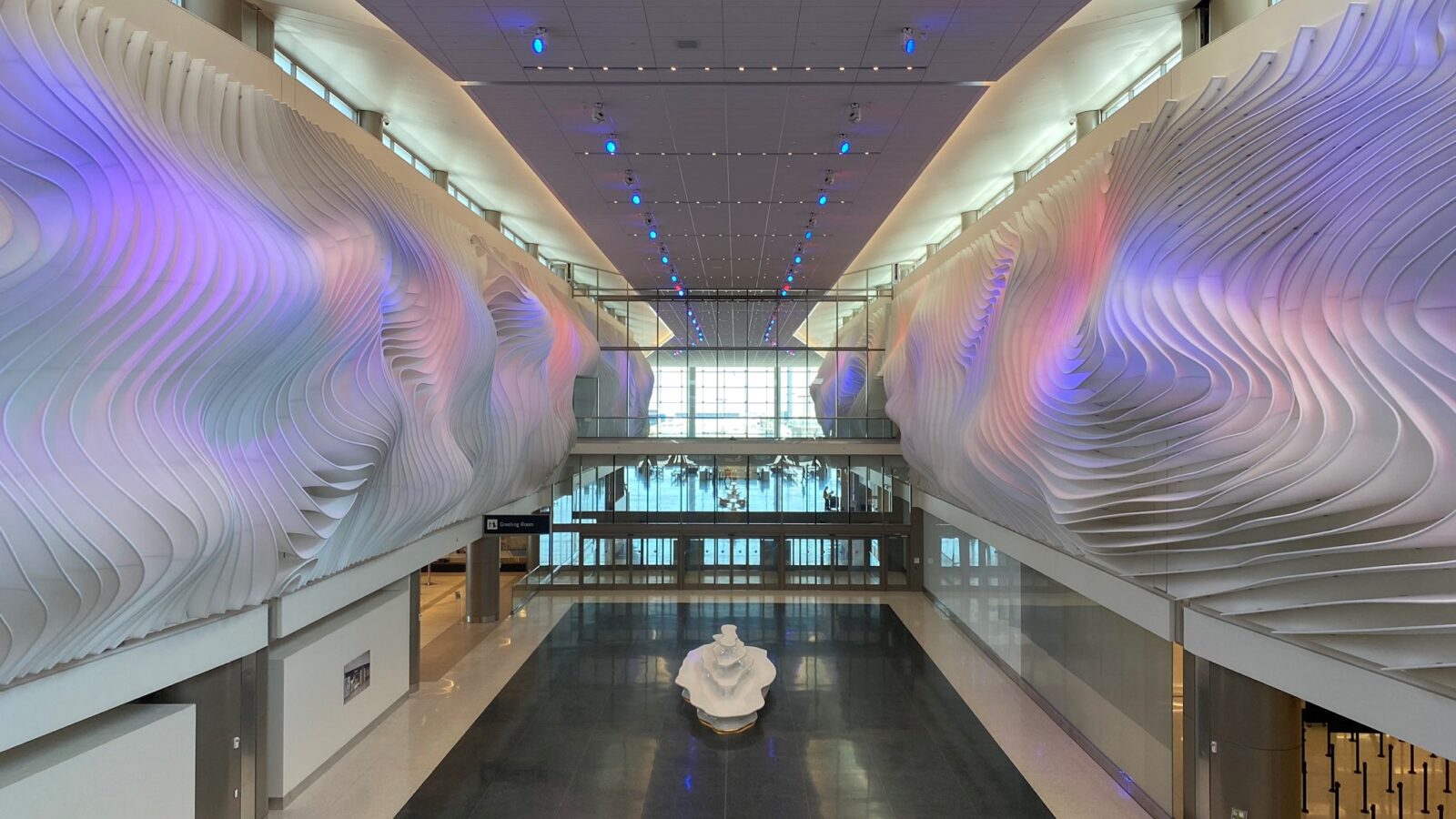
Update 12/2/21: Here are the new travel-related mandates and rules issued by the White House as part of a larger plan to address the Delta and Omicron variants this winter.
From the announcement:
- Stronger Public Health Protocols for Safe International Travel: Last month, the Administration implemented stronger international travel protocols, including requirements for foreign travelers to be fully vaccinated. The very day the WHO identified the new Omicron variant, the Biden Administration took immediate steps to restrict travel from the countries in the region where it was confirmed to be spreading quickly.
- Strengthening global pre-departure testing protocols: Early next week, the United States will tighten pre-departure testing protocols by requiring all inbound international travelers to test within one day of departure globally, regardless of nationality or vaccination status.
- Extending the requirement to wear a mask on airplanes, rail travel, and public transportation: The Administration will continue to require masking during international or other public travel – as well as in transportation hubs such as airports or indoor bus terminals – through March 18. The Transportation Security Administration will extend its implementing orders to maintain these requirements through March 18. Fines will continue to be doubled from their initial levels for noncompliance with the masking requirements – with a minimum fine of $500 and fines of up to $3,000 for repeat offenders.
Wednesday evening, Reuters and other news outlets were reporting that on Thursday, President Joe Biden will extend through mid-March the mask mandate for travelers at airports, and on airplanes, on trains and in train stations, and on buses. The current mandate was set to expire on January 18. The mandate also covers ships, ferries, and seaports, subways and subway stations, taxis, and ride-hailing services.
Travelers who do not comply are subject to fines.
But wait, there’s more.

In response to concerns about the Omicron variant of the coronavirus, the White House is also expected to announce stricter testing rules for air travelers entering or returning to the United States, including reducing the pre-flight Covid testing window to just one day prior to travel.
Right now, vaccinated international air travelers can enter the U.S. with a negative COVID test result taken within three days before the flight’s departure.
We’ll know more about this on Thursday, but it is likely to wreak quite the havoc with international travel plans as we head into the December holidays and the new year.

















